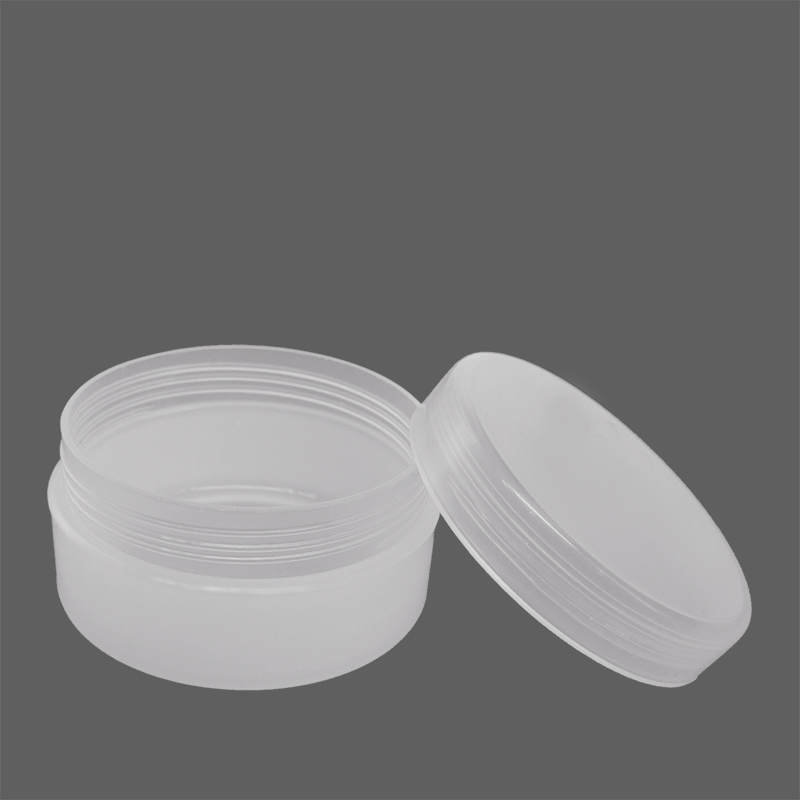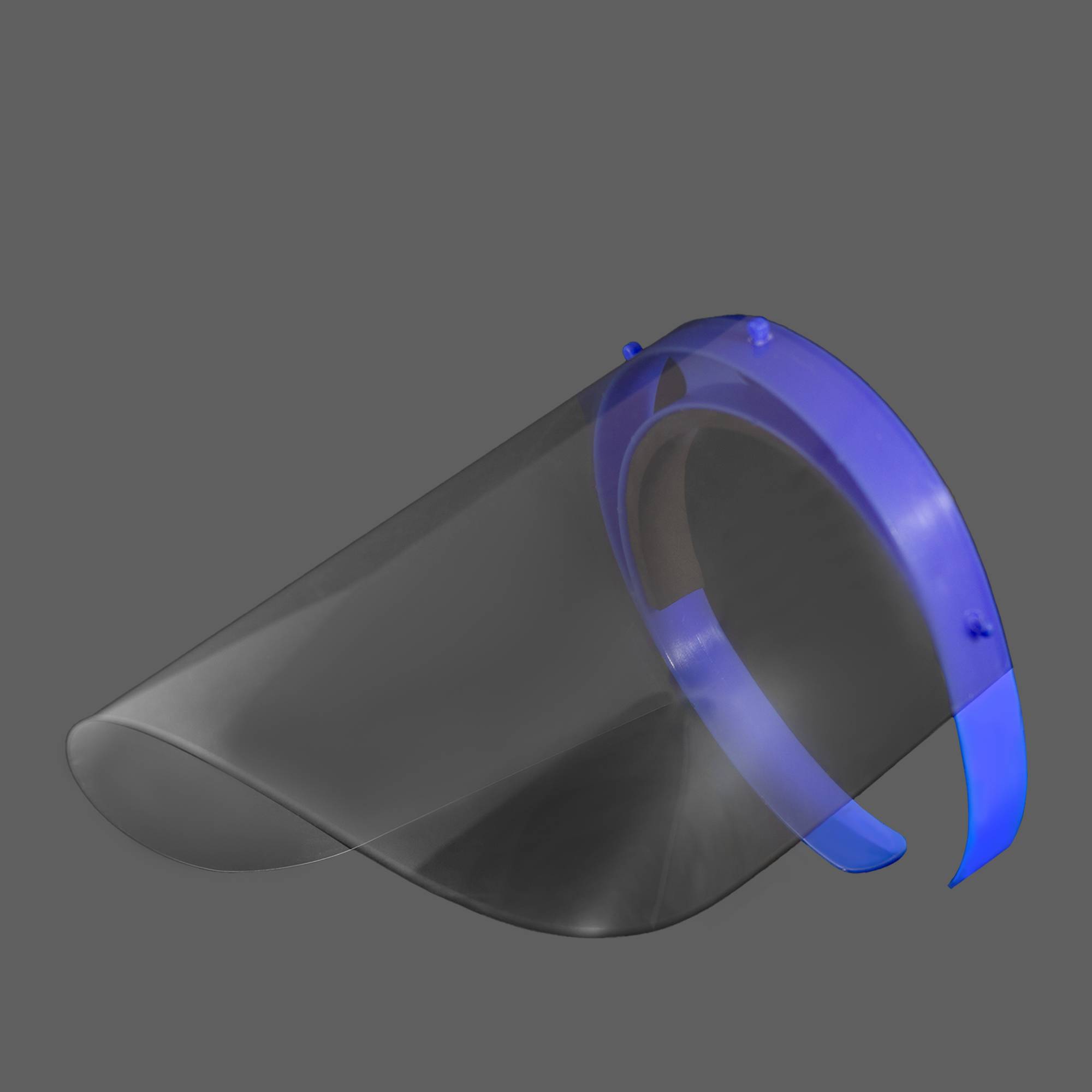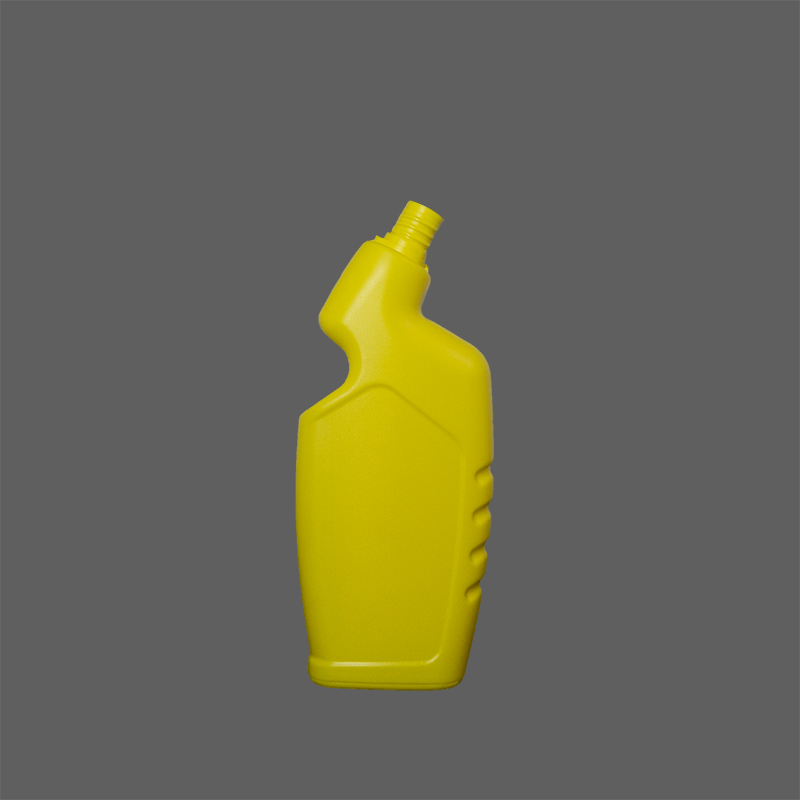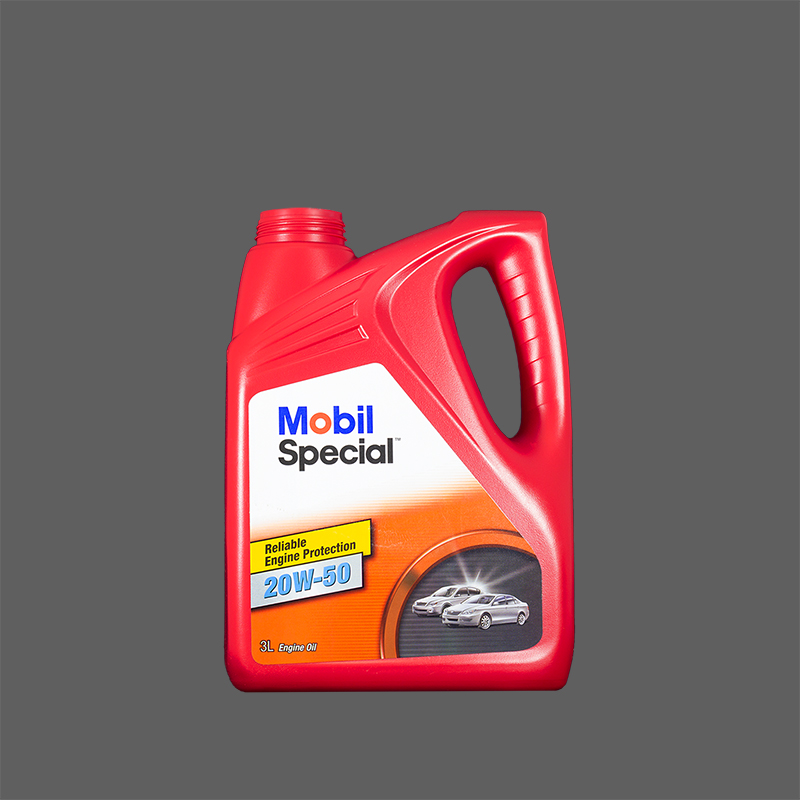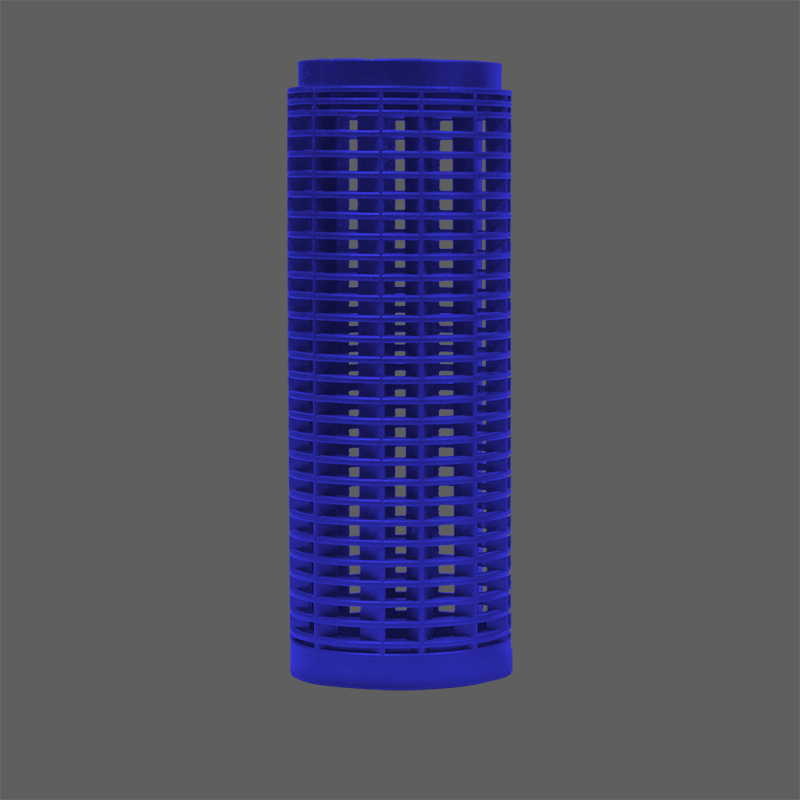The Role of Dry Powder Inhalers in Respiratory Medication Delivery
Dry powder inhalers (DPIs) are medical devices designed to deliver powdered medications directly into the lungs for respiratory conditions such as asthma and Chronic Obstructive Pulmonary Disease (COPD). They rely on the patient’s inhalation force to disperse and deliver the powdered medication, eliminating the need for propellants.
DPIs are easy to use, portable, and don’t require coordination between inhalation and device activation, making them suitable for various patient populations. They offer a quick onset of action, as the powder reaches the lungs efficiently. DPIs are favored for their stability and long shelf life, making them a convenient and effective option for managing respiratory ailments.
This article will discuss the role of dry powder inhalers in respiratory medication delivery and the process of manufacturing DPIs.
The Role of Dry Powder Inhalers in Respiratory Medication Delivery
Dry Powder Inhalers are invaluable tools in the management of respiratory conditions. These devices offer convenience, rapid onset of action, and reduced environmental impact.
In this comprehensive overview, we will explore the role of DPIs in respiratory medication delivery, including their mechanism of action, advantages, limitations, and considerations for patients and healthcare providers.
Mechanism of Action
DPI Functionality
DPIs work by utilizing the patient’s inhalation effort to disperse and deliver a fine powder containing the medication into the respiratory tract. The device typically consists of a medication reservoir, a dispersion unit, and a mouthpiece.
When the patient inhales through the mouthpiece, the air is drawn into the device, causing the medication powder to de-aggregate into smaller particles. These fine particles are then carried deep into the lungs, where they are deposited on the bronchial and alveolar surfaces for absorption.
Particle Size and Deposition
One critical factor in DPI efficacy is the particle size of the medication powder. The ideal particle size distribution ensures that the particles are small enough to reach the lower airways but not so fine that they are exhaled before deposition.
DPIs are designed to generate particles with a size range of 1 to 5 micrometers, which is suitable for efficient lung deposition. Particle engineering and formulation techniques are employed to optimize drug delivery to the target site within the lungs.
Advantages of DPIs
Convenience and Portability
DPIs offer several advantages over other inhalation devices. They are small, lightweight, and do not require any external power source, making them highly portable and convenient for patients. This ease of use encourages better medication adherence, as patients are more likely to carry and use their DPIs regularly.
No Propellants
Unlike Pressurized Metered-Dose Inhalers (pMDIs), DPIs do not rely on propellants to deliver the medication. This eliminates concerns about propellant-related side effects and environmental impact. As a result, DPIs are considered more environmentally friendly and safer for patients.
No Coordination Required
Another significant advantage of DPIs is that they do not require precise coordination between inhalation and device actuation, which can be challenging for some patients—particularly children and the elderly. With DPIs, patients simply inhale deeply and steadily, and the medication is released automatically, reducing the likelihood of user error.
Rapid Onset of Action
DPIs deliver medication directly to the lungs, leading to a rapid onset of action. This is particularly important in the treatment of acute respiratory conditions, such as asthma exacerbations, where quick relief is essential. Patients can experience symptom relief within minutes of using a DPI.
Stability and Long Shelf Life
The powdered medication in DPIs is typically more stable than liquid formulations, allowing for longer shelf life and reduced risk of degradation. This stability ensures that the medication remains effective over time, even in varying environmental conditions.
Limitations and Considerations
Inhalation Technique
While DPIs do not require precise coordination, correct inhalation technique is still crucial for optimal drug delivery. Patients must inhale with enough force to generate the necessary airflow for particle dispersion. Inadequate inhalation can result in incomplete drug delivery and reduced therapeutic efficacy.
Device-Specificity
Different DPI devices have varying designs and mechanisms of action, which means patients may need to learn how to use a specific device correctly. Healthcare providers must ensure that patients receive proper training on the specific DPI they are prescribed to maximize treatment effectiveness.
Powder Formulation
The formulation of the medication powder is critical for DPI performance. Some drugs may not be suitable for dry powder delivery due to issues related to particle size, flowability, or stability. Formulation expertise is essential to develop powders that can be effectively aerosolized and delivered to the lungs.
Patient Suitability
Not all patients are suitable candidates for DPIs. Some individuals, such as those with severe airflow limitations or cognitive impairments, may struggle with the required inhalation effort. In such cases, alternative inhalation devices, such as nebulizers or pMDIs, may be more appropriate.
Common Medications Delivered via DPIs
DPIs are used to deliver a wide range of medications for the treatment of respiratory conditions. Some common medications include:
- Bronchodilators: These medications, such as albuterol and salmeterol, relax the muscles in the airways, helping to relieve bronchoconstriction and improve airflow.
- Corticosteroids: Inhaled corticosteroids like fluticasone and budesonide reduce inflammation in the airways, making them effective for long-term control of asthma and COPD.
- Combination Therapies: Some DPIs contain a combination of bronchodilators and corticosteroids to provide both quick relief and long-term control of respiratory symptoms.
- Anticholinergics: Medications like tiotropium and umeclidinium help relax the airway muscles and reduce mucus production.
Patient Education and Counseling
Successful DPI use depends on patient understanding and proper technique. Healthcare providers play a crucial role in educating patients about their DPIs. Key aspects of patient education include:
- Demonstrating proper inhalation technique, ensuring patients understand the need for a deep, steady inhalation to achieve adequate drug delivery.
- Providing clear instructions on device-specific usage, including loading the medication, priming the device (if necessary), and cleaning it regularly.
- Discussing the importance of regular use, adherence to the prescribed regimen, and proper storage of the DPI.
- Monitoring for side effects or complications and encouraging patients to report any issues promptly.
- Addressing any concerns or questions patients may have regarding their DPIs.
How Are Dry Powder Inhalers Manufactured?
The production of dry powder inhalers (DPIs) involves several intricate processes to ensure the precision and reliability required for these critical medical devices. One essential manufacturing technique employed in DPI production is injection molding. Injection molding is a sophisticated process widely used by plastic bottle manufacturers in Karachi and across the globe for manufacturing various components of DPIs.
Injection Molding Steps for Inhaler Parts
The injection molding process for DPI components involves several key steps:
- Design and Mold Creation: Plastic bottle manufacturers begin the process with the design and creation of injection molds. These molds are carefully crafted to define the shape and dimensions of the inhaler parts. This step is critical as the mold design directly impacts the quality and consistency of the final product.
- Material Selection: The selection of appropriate thermoplastics is crucial for DPI components. These thermoplastics need to meet specific requirements, such as biocompatibility, durability, and resistance to environmental factors. The choice of material plays a vital role in the overall performance of the inhaler.
- Melt and Injection: Once the molds are prepared and the thermoplastic material is selected, it is heated until it reaches a molten state. This molten plastic is then injected into the molds at high pressure. The precise control of temperature and pressure is essential to achieve consistent results.
- Cooling and Solidification: After injection, the molten plastic quickly cools and solidifies within the mold cavity. Proper cooling is essential to ensure that the final parts have the desired mechanical properties and dimensional accuracy.
- Part Ejection: Once the plastic has solidified, the molds are opened, and the newly formed DPI components are ejected. Effective part ejection systems are crucial to ensure that the components are removed without damage or deformation.
- Quality Control: The manufactured DPI components undergo rigorous quality control checks to ensure that they meet the required specifications. This includes verifying dimensions, tolerances, and the absence of defects.
Benefits of Precise and Reliable Molding Equipment
The use of precise and reliable molding equipment is paramount in DPI production. The benefits of such equipment include:
- Consistency: Precise molding equipment ensures consistent part dimensions and quality, reducing the likelihood of defects and variations in DPI performance.
- Efficiency: Reliable molding equipment can operate continuously with minimal downtime, contributing to efficient production and timely delivery of inhaler components.
- Cost-Effectiveness: High-quality molds and equipment may require significant initial investment but lead to long-term cost savings by minimizing waste and rejections.
- Customization: Custom plastic injection molding allows for the production of DPI components with specific features and designs tailored to meet the unique requirements of different inhaler models. Cycle Time Reduction: Efficient injection molding machines reduce cycle times, enabling higher production volumes and faster delivery of inhalers to meet market demands.
- Hot Runner Systems: Hot runner systems are employed to maintain precise temperature control during the injection process, resulting in better-formed components.
- Mold Maintenance: Regular maintenance of injection molds is essential to ensure the longevity of equipment and consistent production quality.
- Cycle Time Reduction: Efficient injection molding machines reduce cycle times, enabling higher production volumes and faster delivery of inhalers to meet market demands.
Selection of Appropriate Thermoplastics for Inhaler Components
The choice of thermoplastic materials is a critical consideration in DPI manufacturing. These materials must meet specific criteria, including compatibility with the medication, mechanical strength, and resistance to environmental factors. You need to consider:
- Chemical Compatibility: The thermoplastic must not react with the medication or influence its efficacy.
- Biocompatibility: Inhaler components should be safe for patient use and not induce allergies or adverse reactions.
- Mechanical Properties: Thermoplastics must exhibit the necessary mechanical strength to withstand the stresses of inhaler use.
- Environmental Resistance: DPI components should resist moisture, temperature variations, and other environmental factors to maintain their integrity.
Wrapping Up
Dry powder inhalers (DPIs) have emerged as indispensable tools in the field of respiratory medication delivery. These compact and convenient devices, created by FMCG bottle manufacturers, have revolutionized the treatment of respiratory conditions, as they offer numerous advantages for both patients and healthcare providers.
Mediplas is your trusted partner for the high-quality manufacturing of Dry Powder Inhalers. Our expertise in injection mold design and cutting-edge plastic injection molding technology ensures top-notch products that meet your specific needs.
Whether you’re in search of plastic mold makers, mold for plastic products, or prototype molding solutions, Mediplas has you covered. We’re the leaders of plastic molding in Pakistan. Get in touch now!
